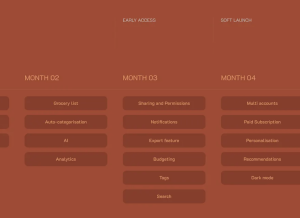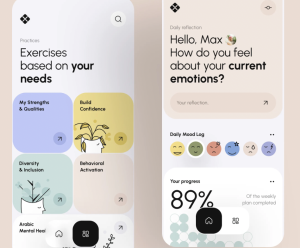Why feature roadmaps don’t work for early-stage startups
You are working with a passionate founder. They want to build a product which they are super sure of; they have their pitch deck ready, investors are lined up, and they want to hit market in six months. All they need is a working product: an embodiment of their mission. As a product manager, you do the usual. In a short duration, you conjure up enough details to come up…











